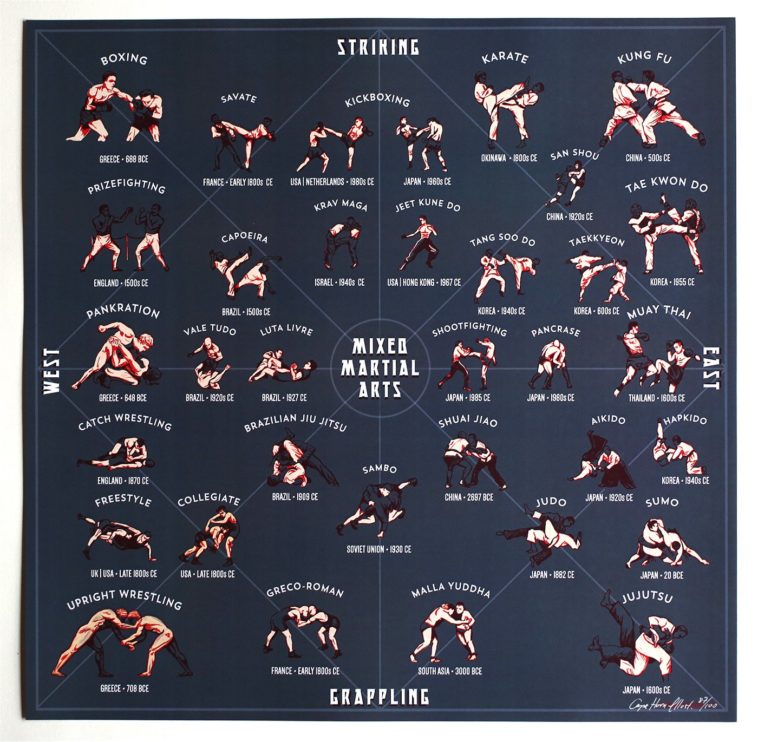The Global Trip And Advancement Of Martial Arts Throughout History
The Global Trip And Advancement Of Martial Arts Throughout History
Blog Article
Published By-Stevenson Matthews
Martial arts have an interesting background that spans centuries and continents. You could locate it intriguing how ancient practices like Shuai Jiao and Kalaripayattu laid the groundwork for modern fight strategies. These techniques not only highlight physical skills yet also reflect the societies that birthed them. As you discover their evolution, think about just how globalization has actually transformed these typical types right into hybrid styles. What influences do you believe have formed today's martial arts landscape?
Ancient Martial arts: The Structures of Battle
As you delve into the globe of old martial arts, you'll uncover the abundant structures that shaped combat strategies throughout societies. Very early techniques focused on Self-Defense and survival, frequently integrating strikes, hurting, and weaponry.
In ancient China, as an example, techniques like Shuai Jiao emphasized throws and joint locks, while India's Kalaripayattu showcased agility and fluid activity. Japanese samurai developed Kenjutsu, a refined swordsmanship that highlighted discipline and technique.
These martial arts offered not just for fight however also as a means of personal advancement, instilling worths like respect and willpower. The blending of these techniques in time laid the groundwork for the varied martial arts you see today, each showing the special viewpoints and demands of its culture.
The Social Impact on Martial Arts Advancement
While martial arts typically show the functional demands of a culture, they also personify the cultural values and ideas of their origins. When you discover different martial arts, you'll notice how they're influenced by religion, approach, and social norms.
As an example, the emphasis on respect and self-control in Japanese martial arts originates from Zen Buddhism and samurai society. In contrast, Brazilian Jiu-Jitsu advertises flexibility and approach, formed by the need for performance in a diverse, multicultural setting.
relevant web site may discover that the routines, attires, and training methods reflect a community's history and identity. By recognizing these cultural influences, you deepen your recognition of martial arts and their duty fit human experiences across the globe.
Modern Adaptations and the Globalization of Martial arts
Martial arts have changed substantially in current years, adjusting to contemporary culture and global impacts. You'll notice that standard forms have blended with modern-day techniques, producing hybrid styles like MMA. These adjustments deal with varied target markets, making martial arts accessible and attractive around the world.
With which martial arts use nunchucks of social networks and digital systems, you can discover tutorials and competitions from all edges of the globe, breaking geographical obstacles. This globalization has actually brought about a common gratitude for different self-controls, from Brazilian Jiu-Jitsu to Taekwondo.
As you engage with these arts, you'll understand they're not nearly fight; they advertise health and fitness, discipline, and mental health.
Inevitably, contemporary adjustments have improved the martial arts landscape, making it a vibrant and progressing technique.
Conclusion
In discovering the history and evolution of martial arts, you reveal an interesting blend of methods, cultures, and ideologies. From ancient disciplines like Shuai Jiao and Kalaripayattu to the modern-day versatility seen in MMA, martial arts reflect mankind's pursuit for Self-Defense and individual development. As you engage with these practices, you not just acquire skills however also a deeper recognition for the diverse customs that form our globe today. So, continue your journey and embrace the art of combat!
